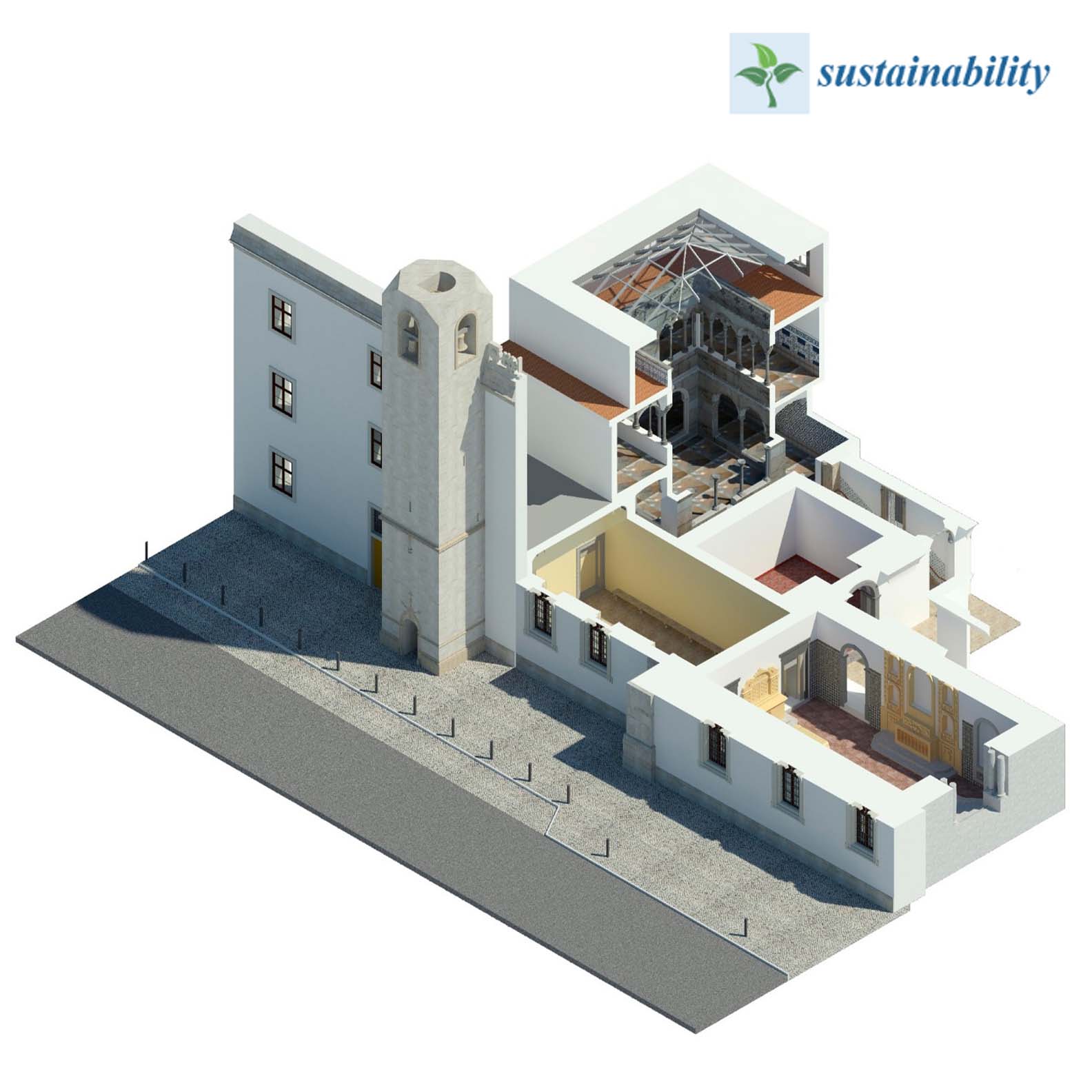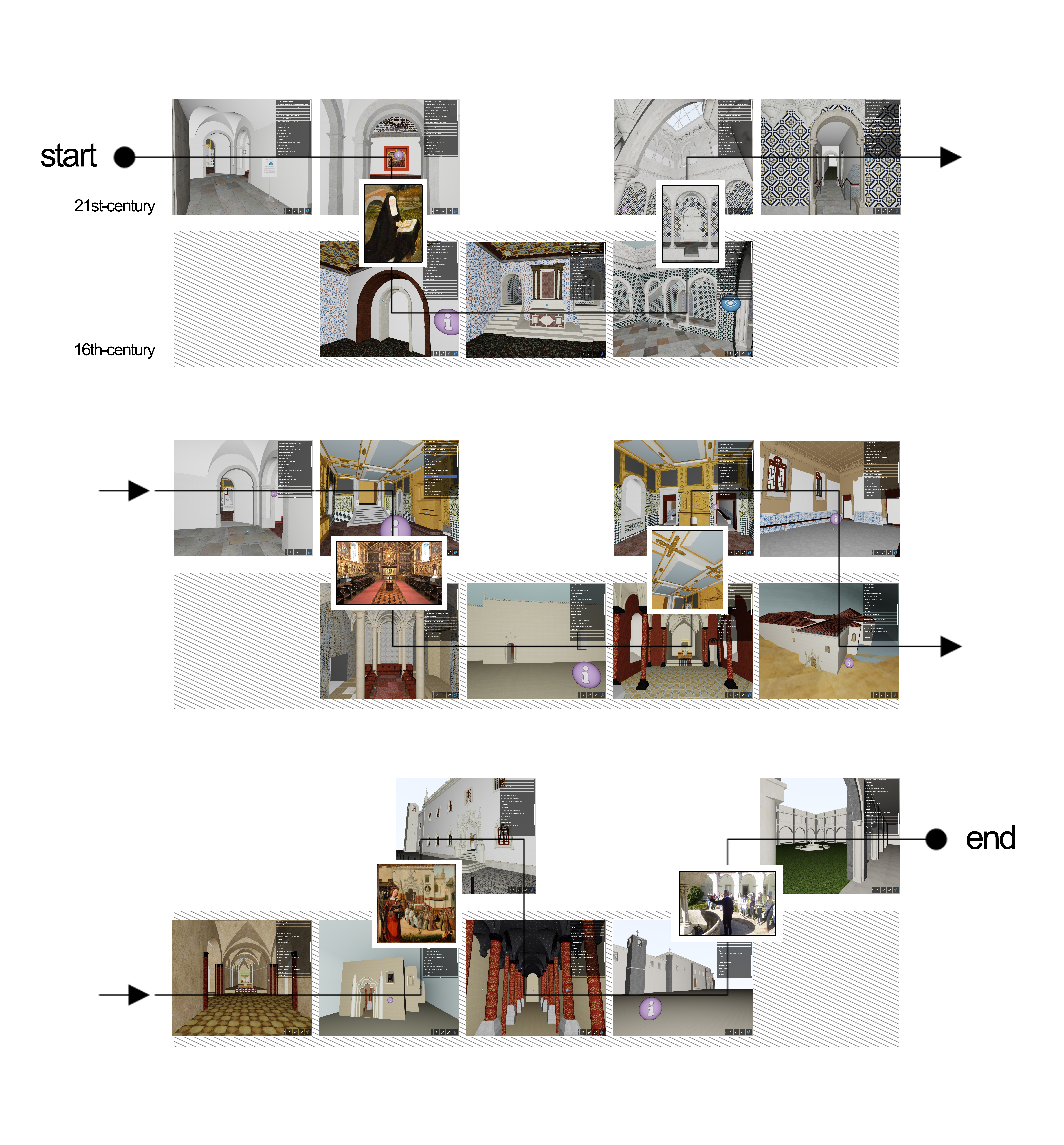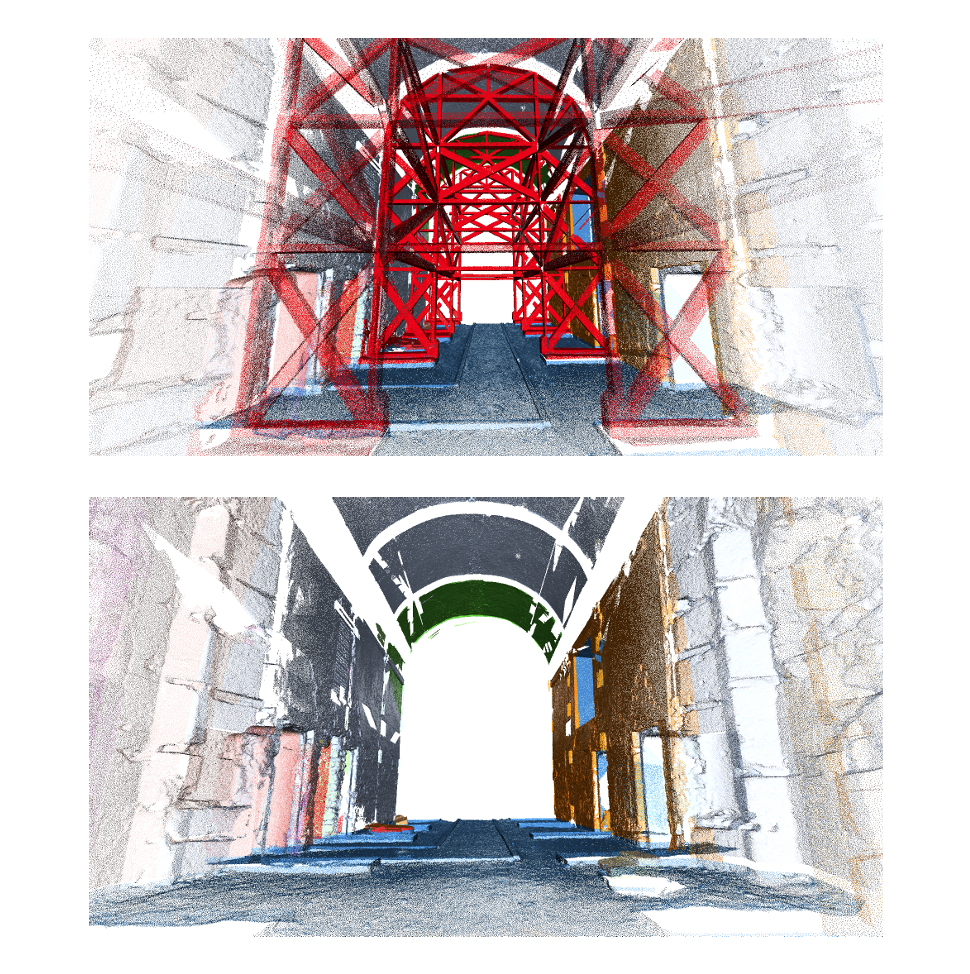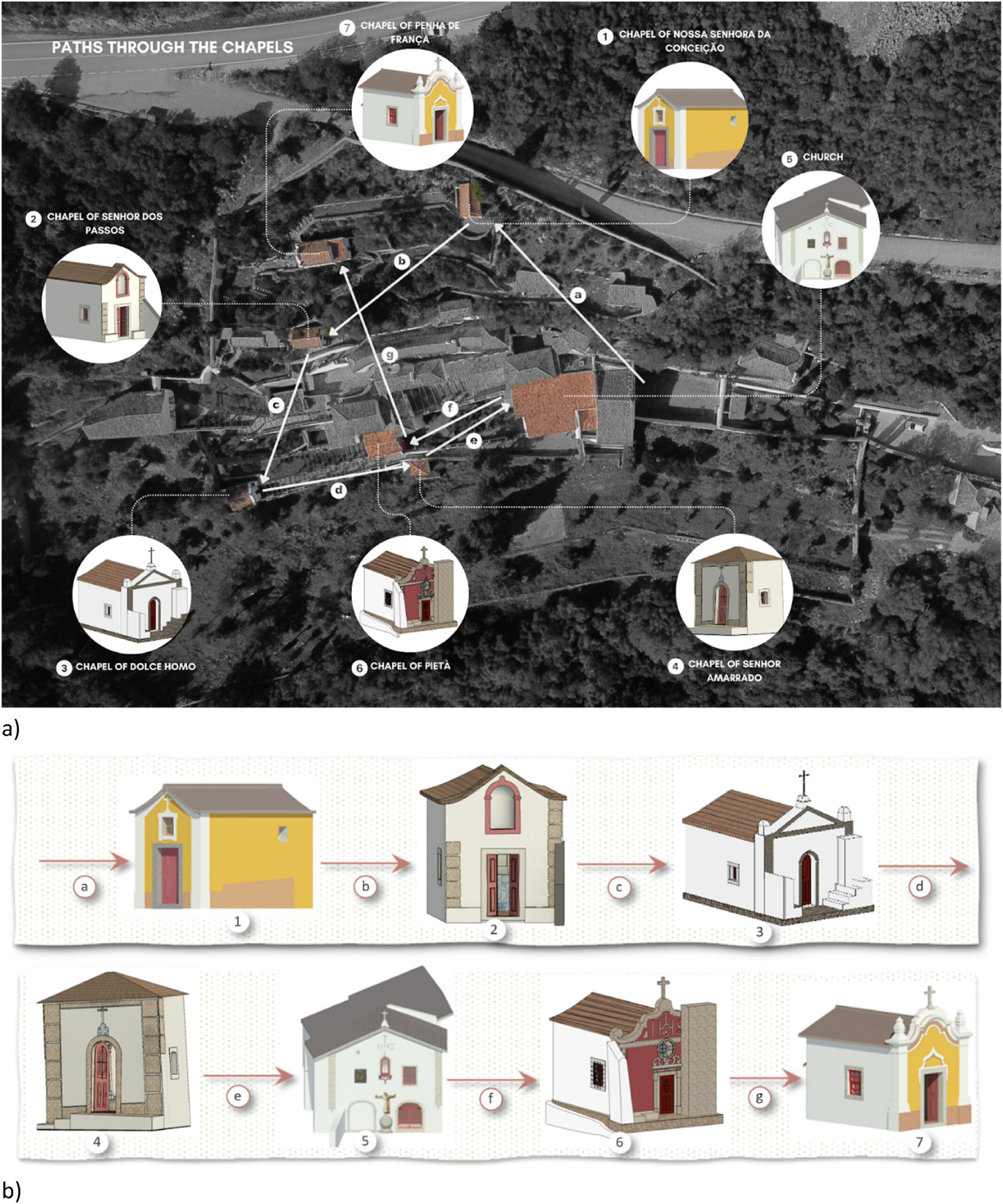
Digital documentation and dissemination of the Via Crucis of the Convent of Nossa Senhora da Arrábida, Portugal
Nara Silva Souza a, Valeria Di Francesco b, Nikedila De Wanda c, Jesse Rafeiro d, Ana Tomé e
a Departamento de Arquitetura e Urbanismo (DEARQ), Escola de Minas, Universidade Federal de Ouro Preto, 35400-000, Ouro Preto, MG, Brazil
b Università degli Studi di Roma Tor Vergata, Dipartimento di Ingegneria Civile e Ingegneria Informatica (Dicii), Via Cracovia n.50, 00133, Roma, Italy
c Universidad CEU San Pablo, Urbanización S/N, Av. de Montepríncipe, Alcorcón, 28668, Madrid, Spain
d Tokyo College, University of Tokyo Institutes for Advanced Study(UTIAS), Hongo, Tokyo, 113-8654, Japan
e Civil Engineering Research and Innovation for Sustainability (CERIS), Department of Civil Engineering, Architecture and Environment (DECivil), Instituto Superior Técnico, Universidade de Lisboa, Av. Rovisco Pais 1, 1049-001, Lisboa, Portugal
This research presents the documentation and dissemination of 7 chapels belonging to the Convent of Nossa Senhora da Arrábida in Portugal. These were part of the Via Crucis processions practiced between the 16th to 19th centuries. Within this scope, the research encompasses several interrelated objectives. Firstly, to create as-found condition models of these chapels using Historic Building Information Modeling (HBIM) for the convent’s management and restoration efforts. Secondly, it virtually reconstructs the sequence of the Via Crucis chapels utilizing diverse historical sources and physical evidence. Ultimately, the research enhances the comprehension of the convent’s historical and spiritual importance to lay the groundwork for a virtual experience that mirrors the Via Crucis once practiced by the friars. This will enrich visitors’ knowledge of the convent by offering interactive elements that complement existing guided visits and contribute to building synergies with religious festivals still practiced within the convent today.
Digital Applications in Archaeology and Cultural Heritage
Volume 37, June 2025, e00421; https://doi.org/10.1016/j.daach.2025.e00421

